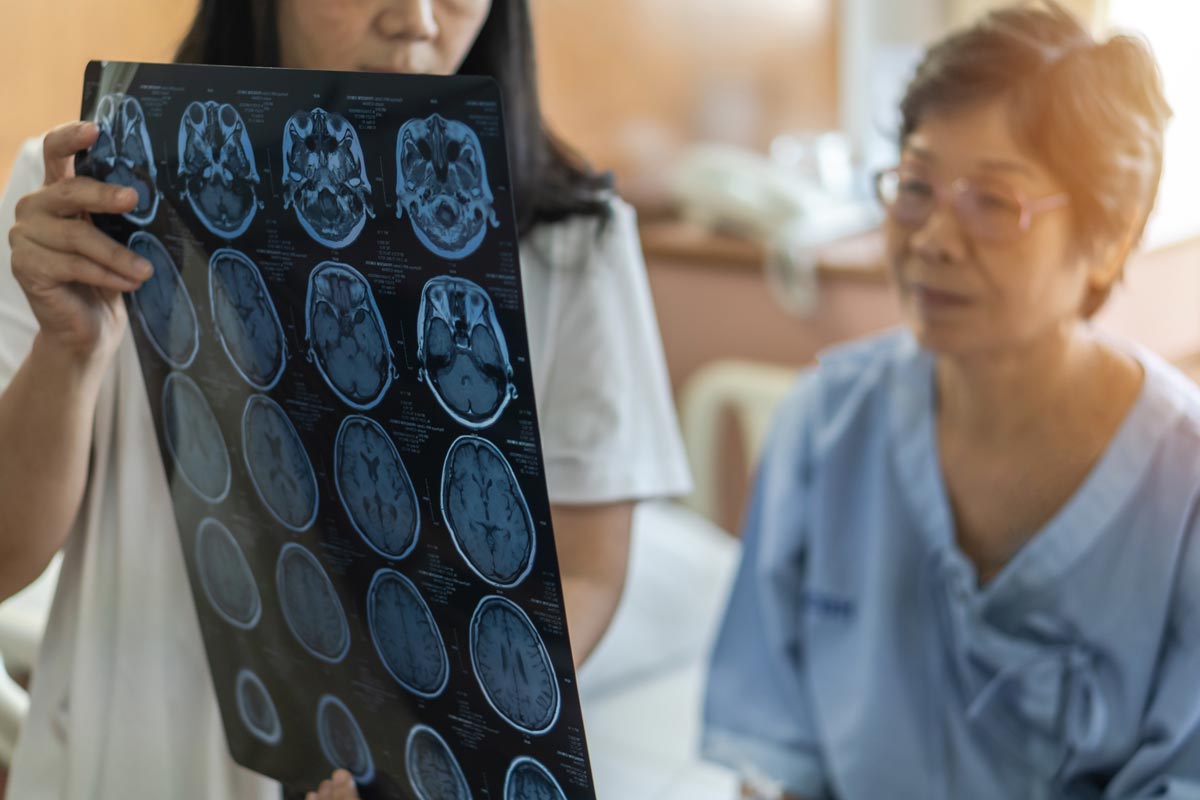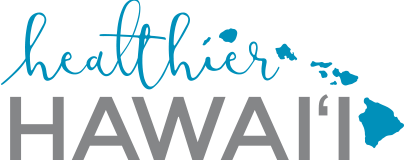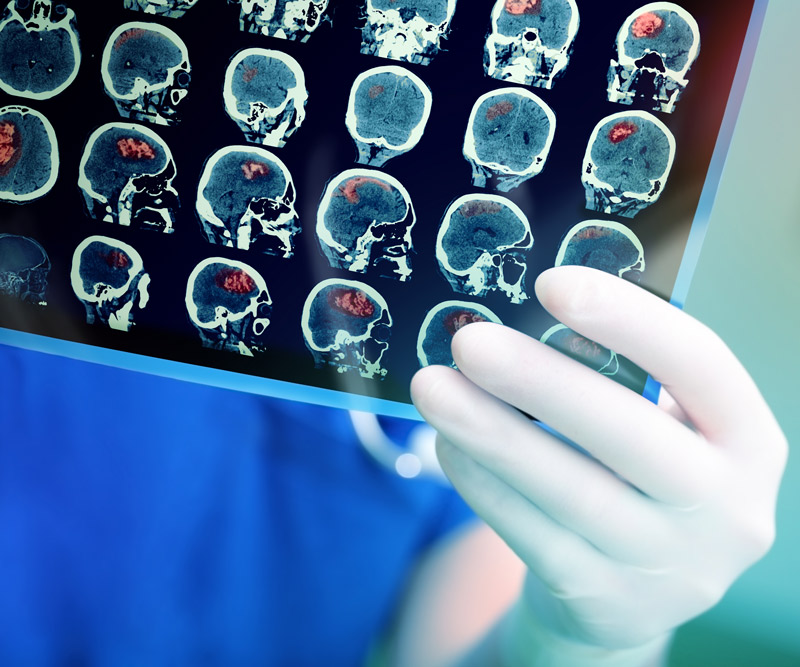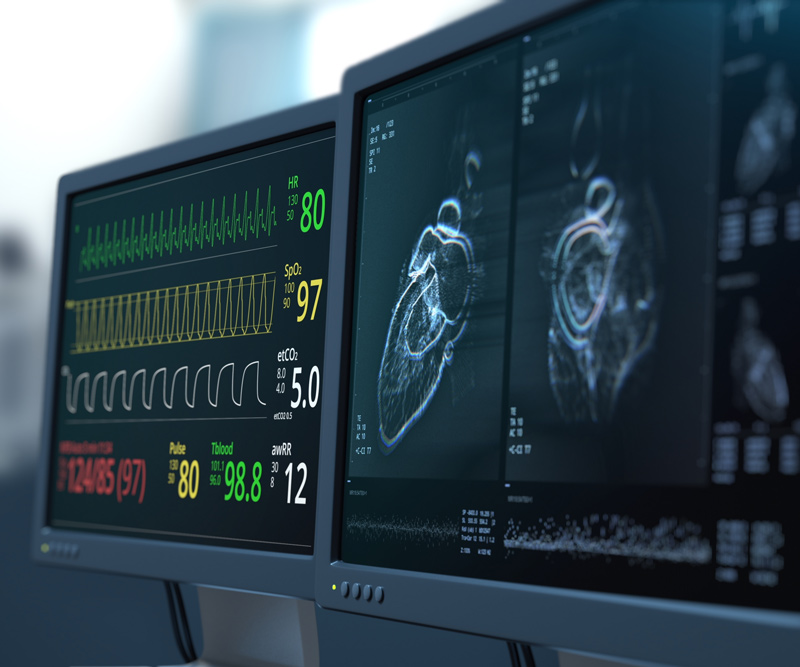
Recognizing Stroke Symptoms & Risk Factors
Stroke is the third leading cause of death in Hawaii and fifth across the nation.
"Strokes can happen to anyone, regardless of age, including kids," said Michelle Sato, a nurse practitioner and the chief of advanced practice providers for Hawaii Pacific Health Medical Group.
An advanced practice providers can be nurse practitioners, advanced practice registered nurses and physician assistants. Hawaii Pacific Health has about 200 advanced practice providers who partner with physicians as part of their physician-led, team-based care model.
"We believe this partnership is key to providing high-quality care to the community," Sato said.
In observance of Stroke Awareness Month, Sato sat down with Hawaii News Now "Sunrise" cohost Steve Uyehara to talk about strokes, including types of strokes, risk factors and the importance of quickly recognizing symptoms and getting treatment fast.
Types of Strokes
According to Sato, there are two main types of strokes – ischemic strokes and hemorrhagic strokes.
Ischemic strokes are the most common strokes. This happens when a clot blocks the flow of blood to the brain.
A hemorrhagic stroke, as called a bleeding stroke, happens when weakened blood vessels rupture and bleed into the brain.
"Women have a higher risk of stroke than men. In fact, one in five women will have a stroke," Sato added.
Risk Factors for Stroke
"There are some risk factors for stroke that we cannot control, like ethnicity and our genetics. But up to 80% of strokes are preventable through things like lifestyle changes and stroke risk factor modifications," Sato said.
The leading risk factor for stroke is hypertension (high blood pressure). Other lifestyle factors that increase the risk of stroke include:
- Obesity
- A poor diet
- Smoking or nicotine dependence
- Inadequate sleep
- High cholesterol
How to Recognize Stroke Symptoms
Recognizing stroke symptoms is critical. An easy way to remember what to watch out for is to use the mnemonic BE FAST:
- B = Balance. Is the person unsteady on their feet?
- E = Eyes. Loss of vision in one or both eyes.
- F = Face. Face drooping.
- A = Arm weakness. Can you see one arm dropping if you lift both up?
- S = Speech. Speech might be slurred, unable to get the right words out.
- T = Time. It's time to call 911 right away.
"Stroke is a medical emergency. Every minute that's going by if you're having a stroke, you're losing millions of brain cells," Sato said. "The quicker you get treated for stroke, the more likely you are to recover."
This segment originally aired May 28, 2025, as part of the Hawaii News Now "Sunrise" Healthier Hawaii series. Watch the full broadcast here or below.
Published on: May 28, 2025




